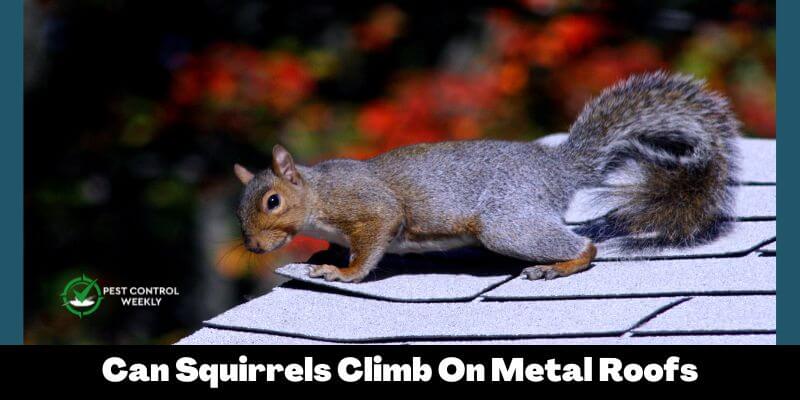Squirrels are among the most common and destructive pests. They are likely to exploit a weak spot on a home’s exterior once they discover it. As squirrels are expert climbers, they can climb a variety of things. I’m curious if squirrels can climb metal roofs.
No, squirrels cannot climb the metal roofs. If the metal on your roof is soft enough, squirrels may be able to damage it. Their incredible leveling abilities keep them from falling and flying much higher in altitude.
Continue reading to learn more about the damage caused by squirrels and how to prevent it.
Metal Roofs
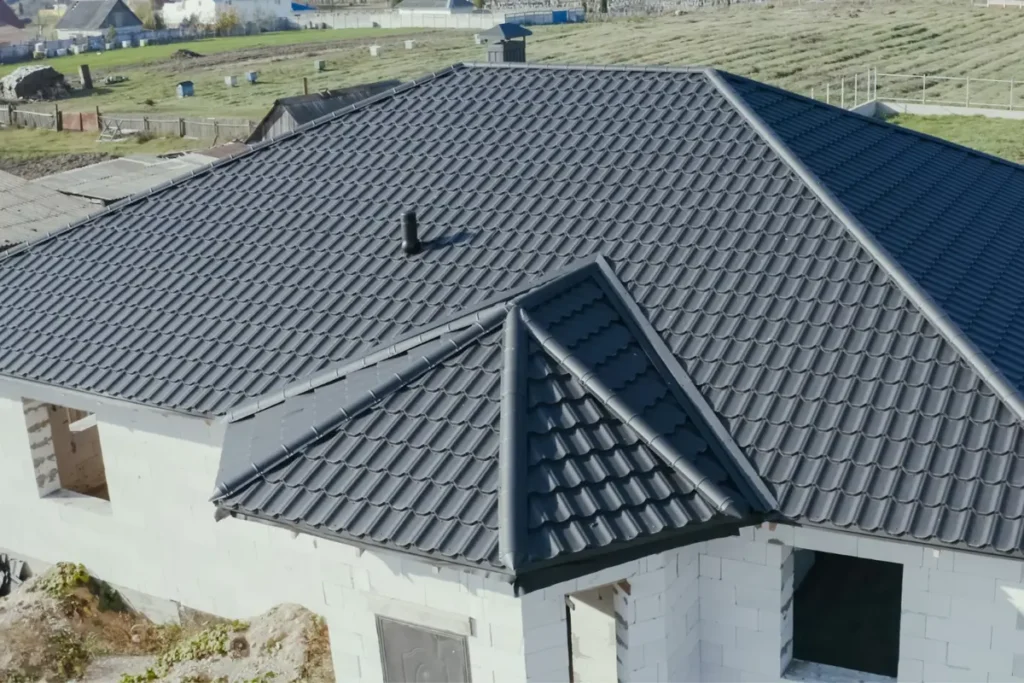
A metal roof provides more security. Squirrels have a harder time eating through the metal surface, which keeps them out. A metal roof is also designed to fit snugly against your home, reducing the likelihood of cracks and entry points. Copper, lead, and aluminum are all favorites of squirrels.
For unknown reasons, squirrels eat the lead coating off pipes, stack covers, and other metal parts of a house. A traditional roof is every squirrel’s fantasy. They can chew through the roof tiles, gaining access to your roof. This is most common in areas where a squirrel has easy access, such as damaged roof tiles.
A metal roof can help keep squirrels out, but it cannot keep them out without regular inspections. Pests such as squirrels gain access to the roof via overhanging branches. Pests can establish themselves on a roof and cause significant damage.
Why Squirrels Climb Up Metal Roof?
As squirrels are rodents, their strong front teeth never stop growing. Squirrels must chew on things throughout their lives to keep their front teeth short; otherwise, their teeth become too long for them to eat, and they die.
While some metals, such as stainless steel and metal, are too hard for squirrels to chew through, sheet aluminum is too soft. Due to their strong teeth, squirrels can chew on almost anything, including trees and even metal roofs.
They can even do this without causing any damage to their teeth. Metal, whether aluminum or other soft metals, can be chewed by squirrels.
Squirrels also struggle to climb on aluminum surfaces. As it is metal, it will not rust and is commonly used in food packaging and foil.
The smoothness of aluminum makes it difficult for squirrels to climb. Despite their powerful muscles they can’t seem to get a good grip.
How do Squirrels Get On The Metal Roof?
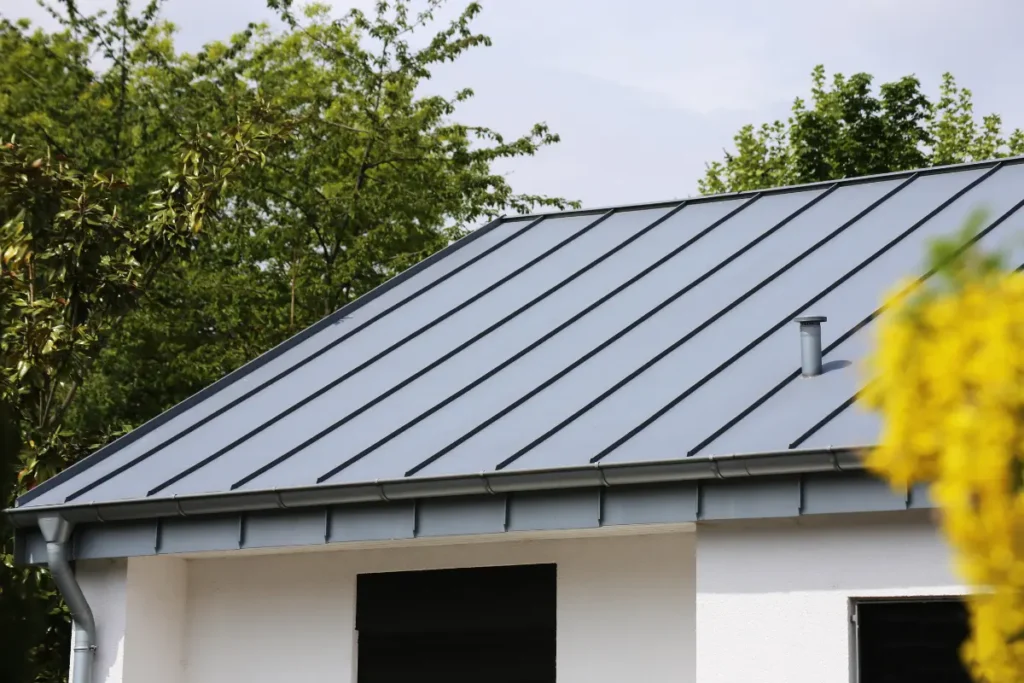
Squirrels can climb up a building or run along cables to reach a roof, but they usually leap from a tree or overhanging branches.
A squirrel can jump 4 feet (1.2 meters) from a tree to a roof.
Squirrels can enter a property from the ground level, but they prefer to enter from a higher level.
They can scale a vertical wall to reach the roof, but they are more likely to use nearby trees or wires to gain access to the roof and then enter your building through the chimney or roof tiles.
Squirrels love to enter through the roof edge. As a result, ice dams, clogged gutters, and vegetation tend to accumulate and keep your roof’s edge wetter for longer periods.
And, the metals under the boundary debase faster than any other component of your roof, making it easier for squirrels to eat through your roof.
Can Squirrels Damage Metal Roof?
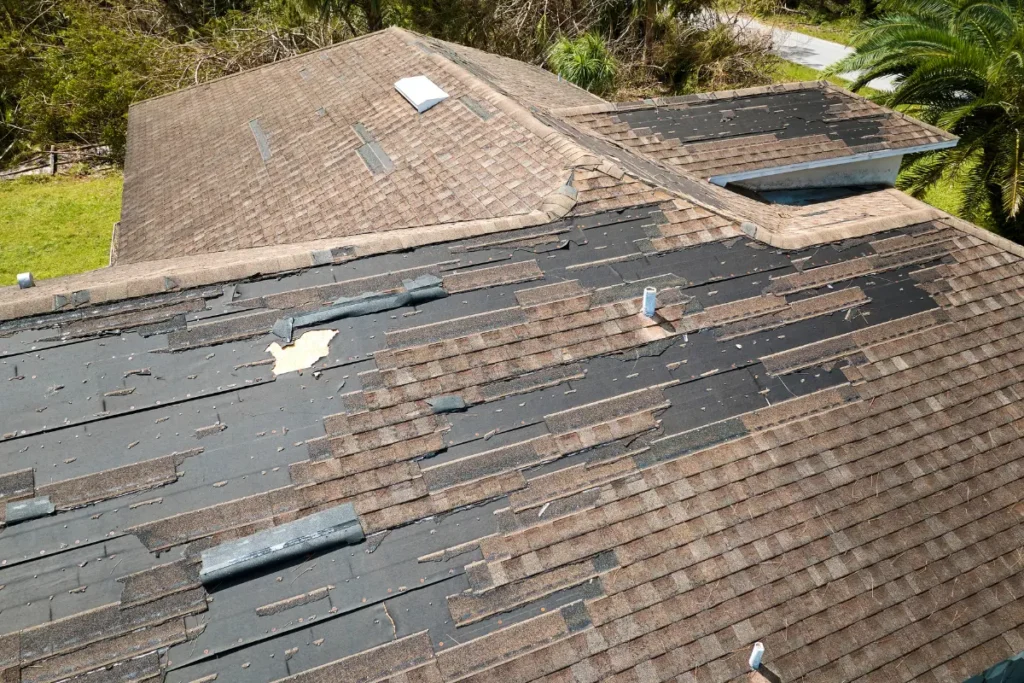
Yes, Squirrels can damage metal roofs. Squirrels are rodents that can chew through almost any material. Even metal roofing is no match for their powerful and long-lasting teeth. Squirrels are drawn to attics because they can feel the warm air escaping from the roof vents.
To get inside, squirrels look for an existing opening, such as a gap between the drip edge and the house framing or a vent on the top of the roof. Squirrels can chew through a metal roof. Eastern greys have been observed chewing on aluminum and other soft metals such as copper.
Not many surfaces can withstand a squirrel’s bite. They can munch through roof shingles and even lead sheathing. They begin eating on electrical wiring or phone cables once they have gained access to your home. They eat the wire’s insulation, causing short circuits that can start a fire.
What Kind Of Metal Roof Damage Do Squirrels Cause?
Squirrels belong to the same rodent family as mice and rats, and they can cause the same amount of damage. Squirrels can eat through your roof decking and peel up your shingles. They may rip holes in your roof soffit or fascia, damage your gutters and cause havoc.
They enjoy eating through electrical wires, putting your home at risk of electrical fires, and urinating all over your attic, leaving stains, a foul odor, and even cracks or leaks in your ceiling. Squirrels are generally thought to be cute, fuzzy, and harmless but can cause a major issue.
Squirrels enjoy chewing on vent pipes and wires and electric cables that run through the roof. Squirrels can easily chew through and enter chimneys and roof vents are also vulnerable areas. Roof damage can be seen through fascia boards, wood beams, eaves troughs, and damage along the roofline.
[5] Methods To Stop Squirrels From Damaging Metal Roof
Squirrels, raccoons, and other pests can be kept away from your roof. Your roof is an important investment that should be safeguarded. Roof repairs are required when squirrels cause damage to your roof and attic. There are several simple solutions to squirrel damage, but success often requires preservation.
1- Trim The Trees
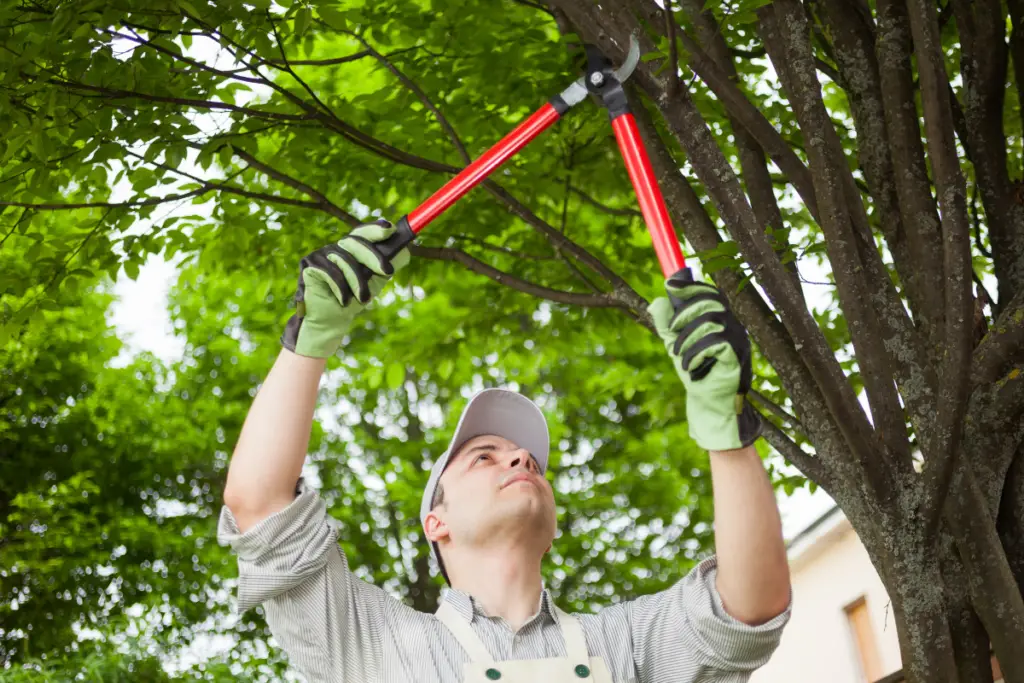
Squirrels can climb trees, and if the trees are close to your roof, they can gain easy access to your home. Because squirrels can jump quite far, leave at least eight feet of space between your trees and your roof.
Pruning trees so they can’t climb them and launch themselves onto your roof will make your home unappealing to squirrels. Trim bushes and shrubs that are close to your house. Make it difficult for them to climb up your siding and onto your roof.
2- Clean Your Gutters
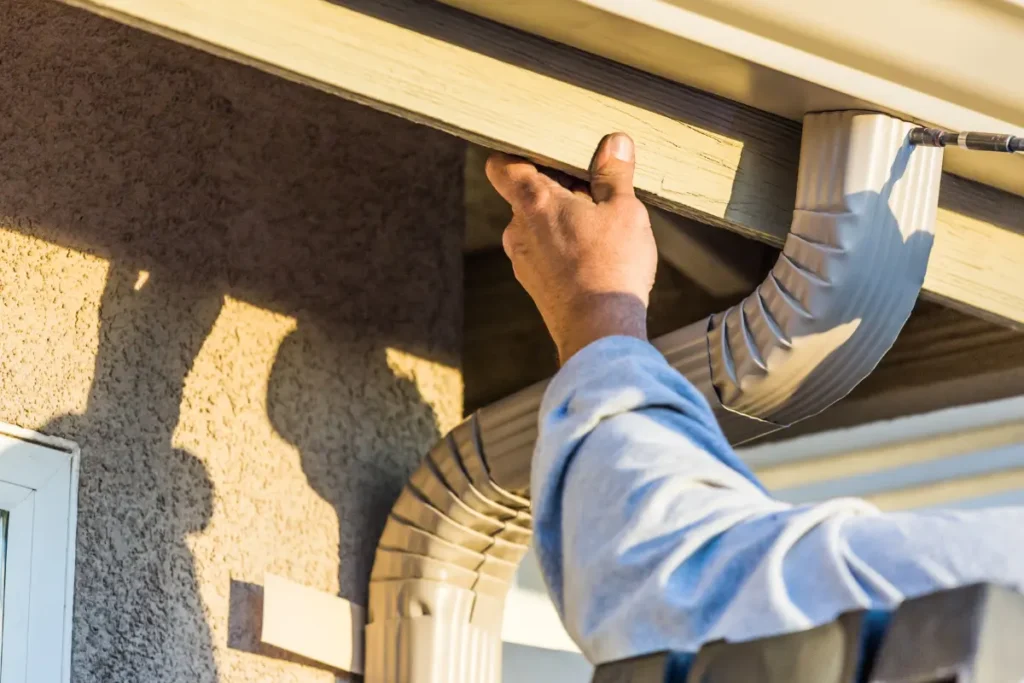
Gutters and downspouts play an important role in directing water away from your home. They prevent water from pooling around the exterior of your home, as well as foundation and roof damage caused by moisture.
When gutters become clogged with debris and leaves, they cease to function properly, putting your home at risk of damage. Pests may also nest in the debris that is clogging your gutters.
If animals nest in your gutters, they may cause damage to your soffit or fascia over time. They may also gain access to your attic and cause further damage.
3- Seal The Exteriors Opening
Seal any openings in your home that allow squirrels access. Keep the siding intact to prevent squirrels from entering.
If you find a squirrel in your attic, contact an animal removal service to devise a safe method of removing it. To avoid further damage, seal up the access point the squirrels discovered to your home as soon as possible.
A squirrel can fit through a quarter-sized hole. Wood, metal, or ½-inch wire mesh can be used to seal holes. Nail the material over the hole firmly. Tacks and light staples are ineffective.
4- Install A Drip Edge
A drip edge is a metal piece that slides under the first row of shingles. It protrudes from the edge of your fascia. It aids in the drainage of water into your gutters.
A drip edge makes it more difficult for squirrels to get between your shingles and fascia. A squirrel can chew its way through your roof decking and into your attic if it peels up a shingle.
A drip edge can be installed as part of a roof repair by a roofing contractor like us. A drip edge does not require a complete roof replacement to provide protection.
5- Roof Inspections
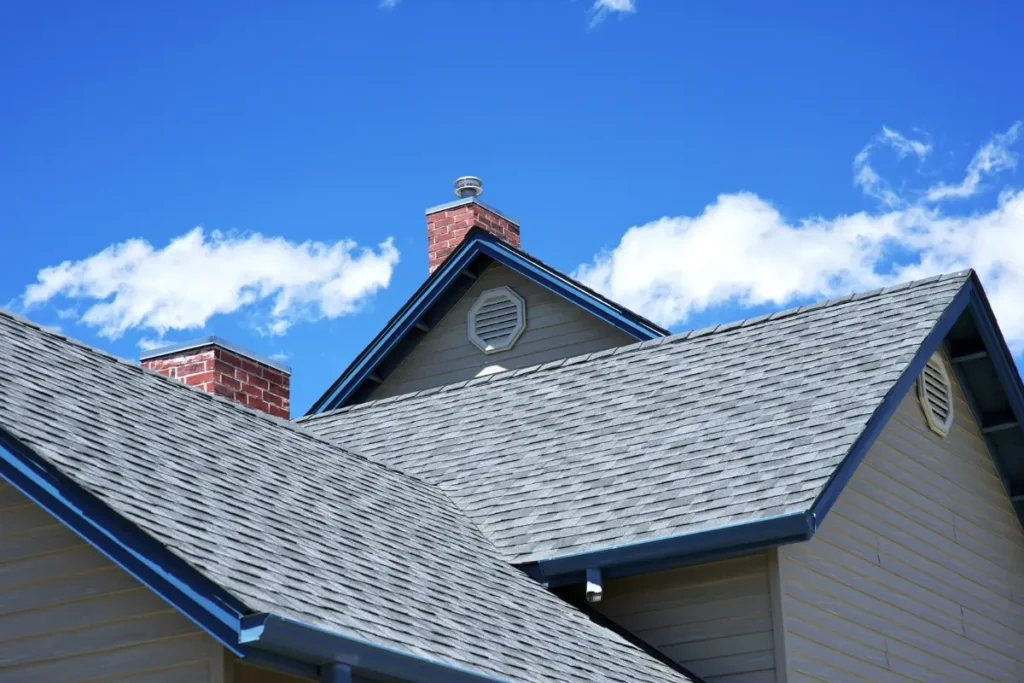
After a storm, grab some binoculars and step away from your home to do a visual inspection of your roof and gutters from the ground. Avoid climbing onto your roof to inspect it. Leave it to the professionals who have safety protocols in place.
Examine your roof and gutters carefully to ensure they are in good working order. Contact a roofing company to have your roof professionally inspected if you notice damaged, missing, or cracked shingles.
If you need roof repairs, make an appointment as soon as possible to avoid further damage. Reinforce any weak spots indoor roof.
Conclusion
Squirrels are good climbers who can quickly reach the top of anything. They can also gain access to homes. It is up to you and the method you use to keep the squirrels at bay.
You can either remove the metal roofs or take precautions to keep squirrels from climbing on them. People commonly believe that animals can only easily climb trees, but this is not the case with squirrels.
These little creatures can climb many buildings using a technique that is unique to them. Some metal posts focus on providing close interaction for the squirrels. Some, however, do not.
References
Stephenson N, Swift P, Villepique JT, Clifford DL, Nyaoke A, De la Mora A, Moore J, Foley J. Pathologic findings in Western gray squirrels (Sciurus griseus) from a notoedric mange epidemic in the San Bernardino Mountains, California. Int J Parasitol Parasites Wildl. 2013 Sep.
